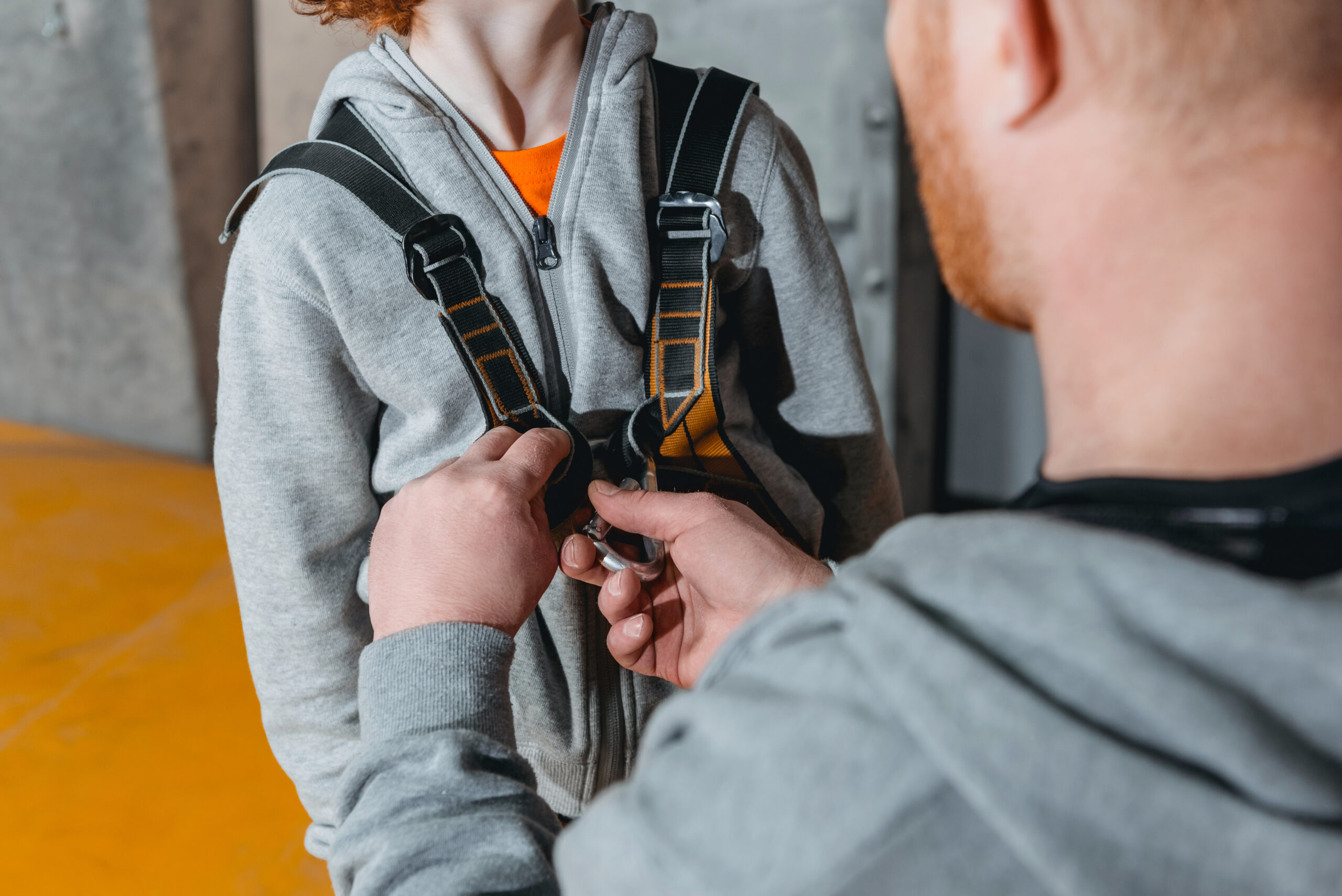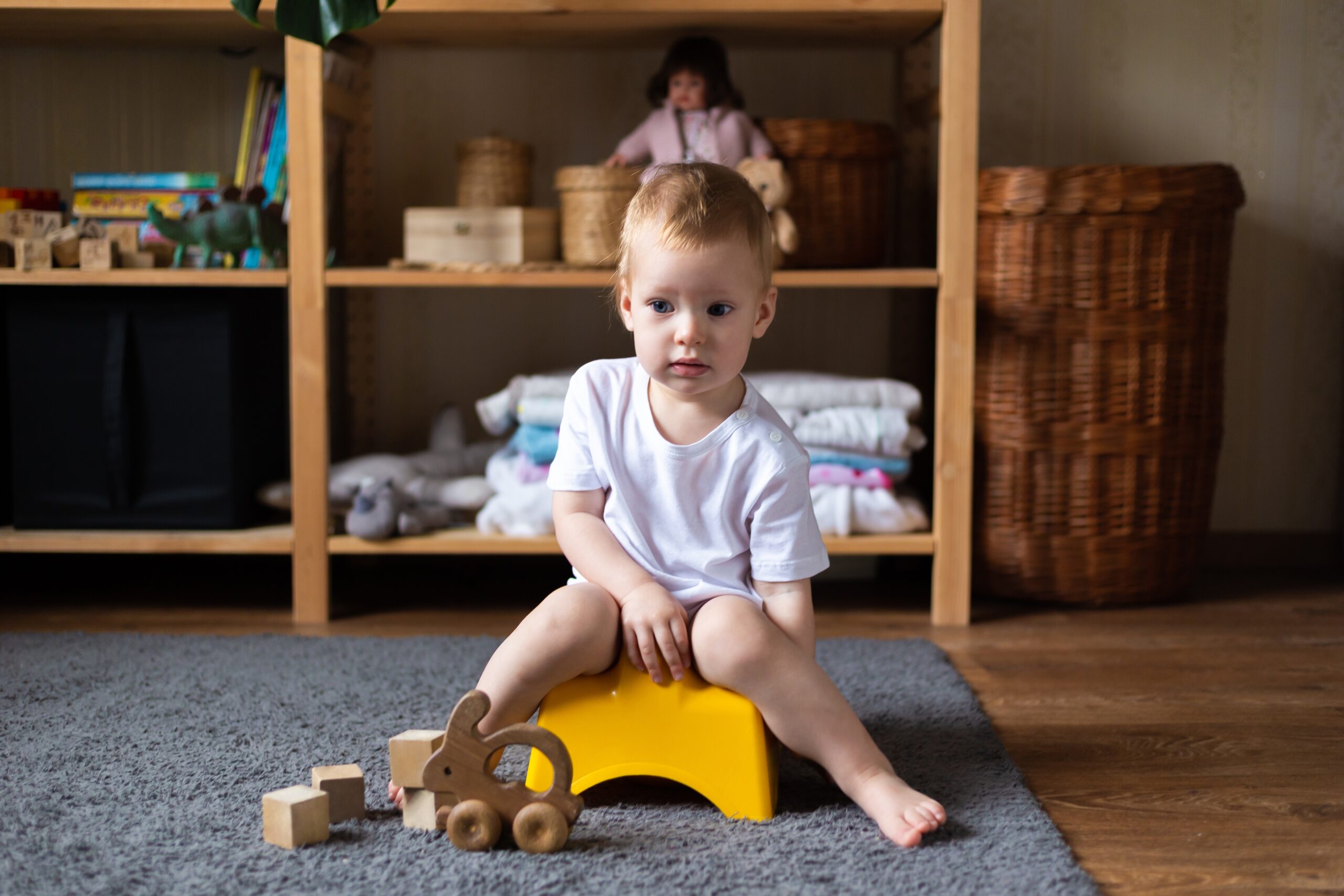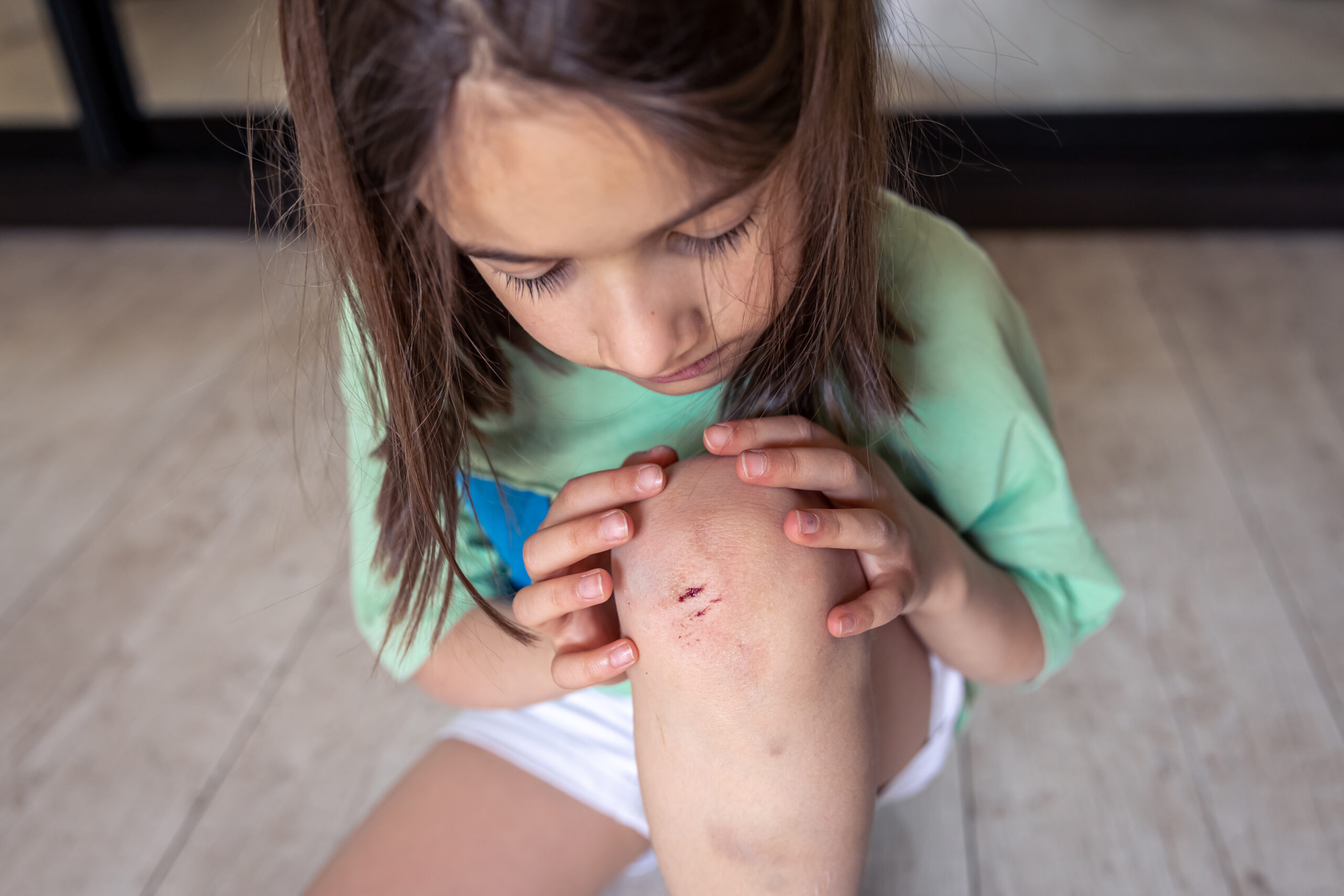The topic of using a safety leash for children with autism sparks intense debate among parents, caregivers, and even individuals within the autism community. Some view it as a necessary safety tool, while others fear it may be seen as restrictive or demeaning. However, when it comes to the well-being of an autistic child, safety should always be the top priority.
Addressing the Fear of Judgment
One of the biggest concerns parents have when considering a safety leash is the fear of judgment. Many worry about what others may think or say when they see a child wearing a leash. But it is essential to recognize that autism is a disability, and like any other disability, it often requires specialized equipment to support an individual’s needs and enhance their quality of life.
A leash should not be seen as a restraint but as a safety device. Children with autism who are prone to elopement—suddenly running away—are at high risk of encountering dangerous situations. A safety leash can provide them with the freedom to explore while ensuring their protection. It is no different from using a wheelchair for mobility challenges or a helmet for individuals prone to self-injury.
Understanding the Risks of Elopement
Elopement is a significant concern for many families raising an autistic child. It is not merely wandering—it is a sudden, often impulsive act that can put a child in life-threatening situations. Many autistic individuals and caregivers have shared stories of incidents involving bolting into traffic, falling into water, or attempting to touch hazardous objects like electric generators.
In these situations, a leash is not about control—it is about prevention. It acts as a protective measure to reduce the risk of harm while allowing a child to engage with the world safely. Given the dangers associated with elopement, a leash can provide peace of mind to parents and caregivers who want to ensure their child’s well-being.
Breaking the Stigma Surrounding Safety Leashes
Much of the stigma surrounding safety leashes comes from misunderstanding. People who do not live with autism or care for someone on the spectrum may perceive a leash as unnecessary or even degrading. However, those within the autism community argue that this perception is misguided.
Just as no one should judge a person for needing a wheelchair, no one should criticize a family for using a leash to keep their child safe. Safety equipment, including leashes, helmets, and weighted vests, are not signs of failure but rather signs of thoughtful care and a commitment to well-being.
The autism community is actively working to destigmatize the use of safety equipment. These tools are essential for protecting individuals and helping them navigate their daily lives more comfortably. The focus should not be on appearances but rather on ensuring safety and support for autistic individuals.
Additional Benefits of Safety Equipment
Beyond protection, many safety tools offer additional benefits for autistic individuals. For example, helmets not only shield against injury but can also provide a calming deep pressure sensation, which helps with self-regulation during particularly challenging days.
Similarly, a leash can provide a sense of security to an autistic child who may feel overwhelmed in unfamiliar or crowded environments. It allows them to explore while staying connected to their caregiver, reducing anxiety and promoting confidence in new settings.
Prioritizing Safety Over Social Perceptions
Ultimately, the opinions of strangers should not dictate how a parent chooses to keep their autistic child safe. Those who criticize the use of safety leashes are not the ones living the reality of managing an autistic child’s unique needs and risks.
What truly matters is the safety and happiness of the child. By using the right tools for their specific needs, parents are not only protecting their child but also empowering them to experience the world in a way that feels secure and supported.
Should Parents Use a Safety Leash for Children with Autism?
Every step taken to keep autistic individuals safe and supported is a step toward normalizing and accepting their diverse needs. It is okay to rely on tools and equipment that work. It is okay to educate others when ready. And most importantly, it is okay to prioritize safety over appearances.
A safety leash for children with autism is just one of many tools available to help them thrive in a world that may not always accommodate their needs. If it helps a child stay safe while allowing them to engage with their surroundings, then it is the right choice—regardless of what others may think.
Also read: How to Manage Teeth Grinding in Kids with Autism
About Olga Sirbu
My name is Olga Sirbu, I am a Board Certified Behavior Analyst (BCBA) and Licensed Applied Behavioral Analyst. My goal is to support and empower families and individuals on the autism spectrum.
Autism Advance is dedicated to training parents and caregivers, providing practical tips, and teaching individuals how to educate kids with autism.
I share evidence-based practices to help you better understand and support individuals with autism. Learn practical strategies to help individuals with autism reach their full potential, as well as gain a deeper understanding and acceptance of autism.
Thank you for considering Autism Advance as a resource for your autism journey.








